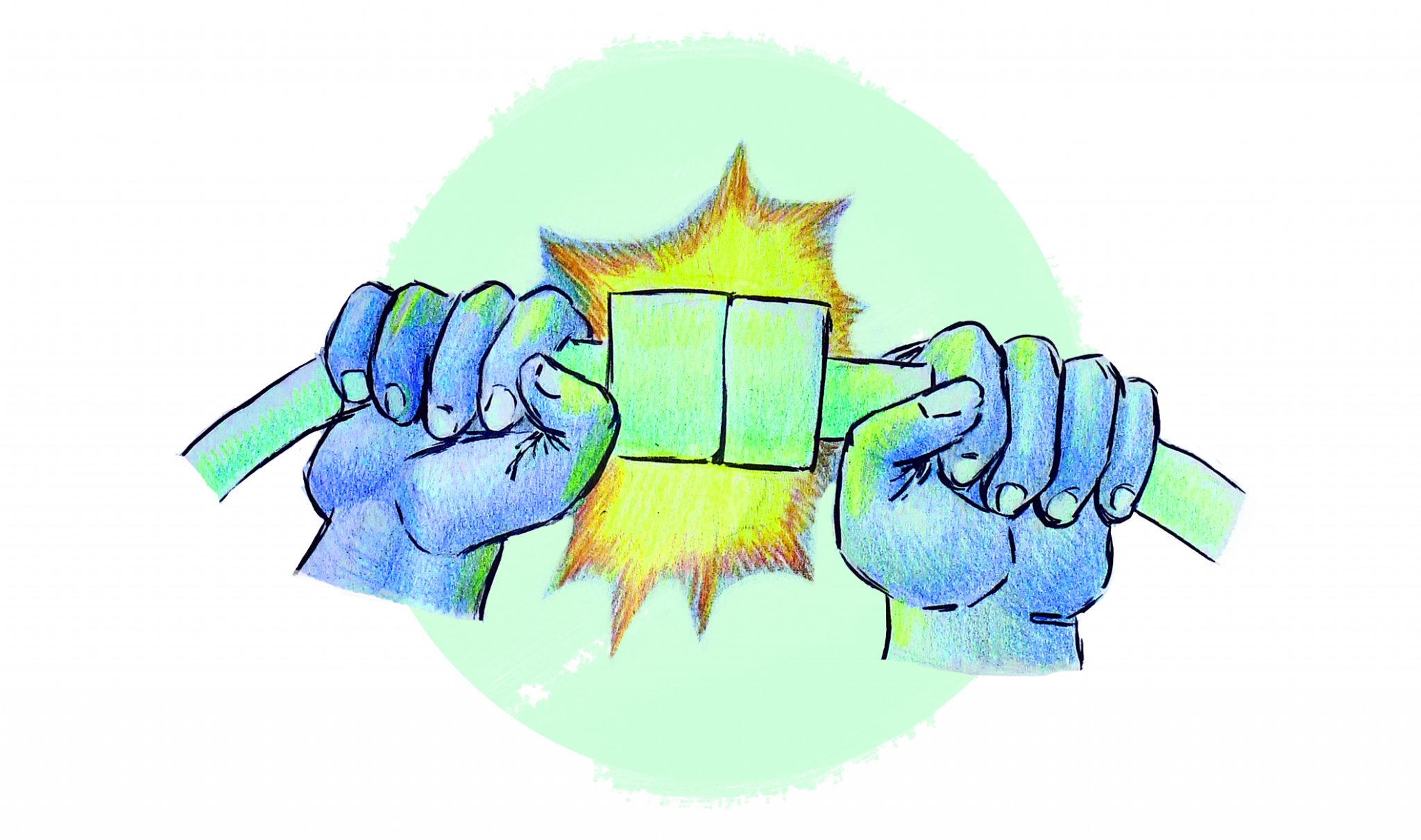The largest concern for patients and physicians regarding traumatic spinal cord injuries (SCIs) is the severity of irreversible damage. Spinal cord injuries do not heal in the same way as a broken arm or a cut and usually result in loss of sensory function, motor function, or both. Though many alternative treatments exist for helping patients cope following a SCI, very few options exist for any kind of permanent restoration or reversal of symptoms. The majority of currently proposed solutions require highly invasive surgical procedures or computer interfaces to route signals around the damage. Now, after years of research, scientists have a much better understanding of the physiological reasons for the lack of regeneration. Recent research published near the end of 2017 shows that a new treatment involving the injection of adenosine triphosphate (ATP) into peripheral nerves around the spinal cord could be used to help cells in the damaged portion regenerate with few side effects.
Prior to developing an effective treatment for SCIs, researchers investigated the biological changes that occur following spinal trauma. Researchers found that astrocytes are responsible for many of the biochemical changes associated with SCIs [1]. Astrocytes have many different functions throughout the nervous system. Some of these tasks include nutrient and energy storage for nearby nerve cells, structural support for neural networks, maintenance of overall nerve health, and nervous system repair. In a paper published on SCIs, Dr. Jill Faulkner and her colleagues at UCLA reported that following injury, astrocytes quickly surround injured neurons and form what is called a “glial scar" [1]. If the spinal cord is a wire, transmitting signals to and from various places in the body, a glial scar is functionally equivalent to a break in the wire that disrupts the flow of the current. Glial scar formation creates the first barrier to signal transmission: a mechanical separation of nerve signals through a disruption of their path along the spinal cord [1].
Furthermore, another group of researchers from Boston Children’s Hospital found that not only do glial scars inhibit signaling via physical barriers, but also through the release of chemicals that further inhibit the healing of injured nerves [2]. These astrocytes release compounds called chondroitin sulfate proteoglycans (CSPGs). These proteins interact with injured neurons and inhibit cell processes related to axon growth. The researchers noted that they believed CSPG release from glial scarring was the primary issue with nervous system regeneration following injury [2]. This research highlights one obstacle in SCI healing; more recent work is applying these conclusions to developing new treatments.
To restore signal transmission in regions with glial scarring, researchers tested numerous techniques to move signals around or through these harmful blocks. Current techniques include electrical interfaces to circumvent the trauma [3]. A recent promising technique involves creating nerve grafts designed to fit around the glial scar. Using this technique, neurosurgeons are able to effectively recreate the nerve signals’ path as if it had never been damaged [4]. As with any surgery, there are many potential risks, such as further spinal cord damage, cord hemorrhage, or stroke, all of which could leave the patient with less function than before the procedure.
When peripheral nerves near the spinal cord are damaged, they release ATP, a well-known energy storage molecule, into the spinal tract that signals axon regeneration in the area [6]. A team of researchers from London took advantage of this signaling mechanism to investigate whether a direct injection of ATP into a peripheral nerve, specifically the sciatic nerve, could stimulate axon growth [5]. The results were striking: a single injection of ATP increased the amount of axonal outgrowth up to four times more than controls. Additionally, a second injection one week later increased the axon density near the injury site ten times more than from the single injection and nearly 170 times more than the control group, which received no ATP injection [5].

The recent discovery of this technique opens up a new treatment option for spinal cord trauma. Currently, this research is still in the pre-clinical phase. In this stage, researchers investigate the efficacy of new treatments and evaluate them for any serious side effects. For most drugs and treatments, this entire process can take anywhere from 12 to 15 years, meaning this recent finding is still far from becoming part of standard medical practice. However, this noninvasive procedure shows great promise, and scientists remain optimistic about future applications. The marked advantage of this new technique over surgery is its noninvasive injection procedure, the regeneration of original nerves instead of risky nerve grafting, and the lack of major risks [5]. Many researchers in the field believe that developing clinical applications for spinal nerve regeneration could potentially be the key to treating SCIs [3]. Through the continuous effort in regenerative medicine, injuries that were once thought to be irreparable are progressing toward less harmful and effective repair and regeneration treatments. Further research into the mechanism of glial scarring and CSPG inhibition of nerve regeneration will lead to improved and innovative solutions to treat SCIs.
References
- Faulkner, J. R. (2004). Reactive Astrocytes Protect Tissue and Preserve Function after Spinal Cord Injury. Journal of Neuroscience, 24(9), 2143–2155. https://doi.org/10.1523/jneurosci.3547-03.2004
- Yiu, G., & He, Z. (2006). Glial inhibition of CNS axon regeneration. Nature Reviews Neuroscience, 7(8), 617–627. https://doi.org/10.1038/nrn1956
- Jackson, A., & Zimmermann, J. B. (2012). Neural interfaces for the brain and spinal cord—restoring motor function. Nature Reviews Neurology, 8(12), 690–699. https://doi.org/10.1038/nrneurol.2012.219
- Bradbury, E. J., & McMahon, S. B. (2006). Spinal cord repair strategies: why do they work? Nature Reviews Neuroscience, 7(8), 644–653. https://doi.org/10.1038/nrn1964
- Wu, D., Lee, S., Luo, J., Xia, H., Gushchina, S., Richardson, P. M., … Bo, X. (2017). Intraneural injection of ATP stimulates regeneration of primary sensory axons in the spinal cord. The Journal of Neuroscience, 1660–17. https://doi.org/10.1523/jneurosci.1660-17.2017
- Grafstein, B. (1975). The nerve cell body response to axotomy. Experimental Neurology, 48(3), 32–51. https://doi.org/10.1016/0014-4886(75)90170-3
